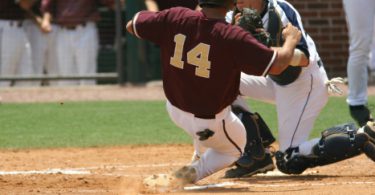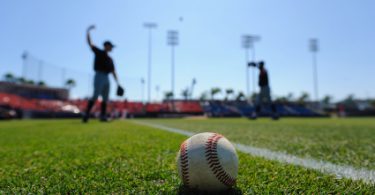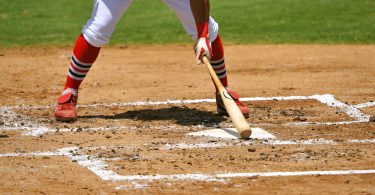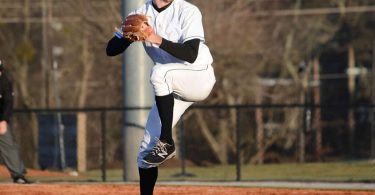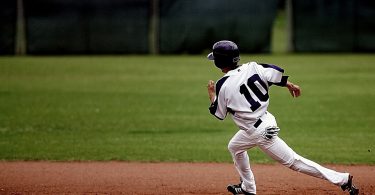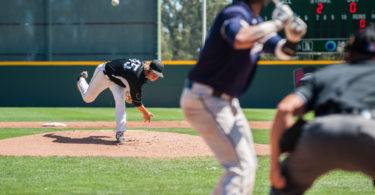The Situation:
It’s a 0-0 game in the bottom of the 2nd inning with runners on 1st and 2nd with 1 out. The runner on second is a good runner and the runner on 1st is a little slow. The runners look to the 3rd base coach who puts on the double steal with a 3-1 count, looking to capitalize on a run and hit situation.
The Play:
The pitcher comes set and delivers as the runners take off. The pitch, a curveball, drops in for a called strike two. The catcher, noticing the poor jump by the trail runner, comes up and fires the ball to second base. His throw sails a bit toward the base line but appears to be in time. As the runner slides in to second, the covering shortstop finds himself positioned with his glove behind the runner’s leg. As the runner slides into 2nd, the ball caroms off his leg and into left centerfield.
The Outcome:
Instead of having a 3-2 count with two outs and a runner at 3rd, the runner who started at 2nd comes around to score and the runner who started at 1st winds up at 3rd where he can score without the offense collecting another hit.
What Went Wrong?
On all tag plays, not just when covering a steal, players need to make sure that they are between the thrown ball and the base runner. In other words, the sliding player should never be between the fielder on the receiving end and the ball. In this particular case, even though the throw veers towards the runner, the shortstop is out of position. If the covering shortstop is positioned so he has his glove in front of the runner, he can catch the ball, reach/sweep back, and put the tag down before the sliding runner gets to the base. From a straddle position, this might mean taking a step forward while going up the line, even though it moves you away from the base. This Big League play is the perfect example.
Here’s another, more difficult bang-bang play. On this tag by Javier Baez, you’ll see that his glove is directly in front of and even touching the runner’s leg. He creates this space by hopping in front of the base at the last second. Despite there being lots of contact, because the leg is behind the glove, he still sets himself up to make an extraordinary play.
Other scenarios where fielders often get trapped with the runner between them and the thrown ball are: throws from outfielders to 3rd, pick off attempts to 2nd, and when covering on steals. Now that you know where to be positioned and about potential trap plays that often get fielders into trouble, you can Think the Game and prepare for success!


